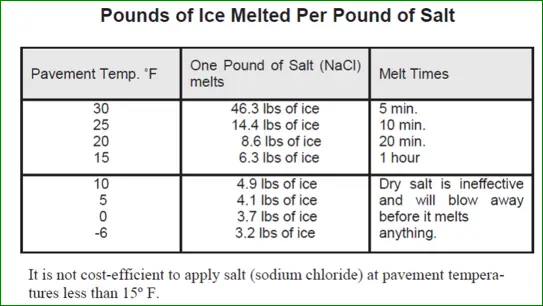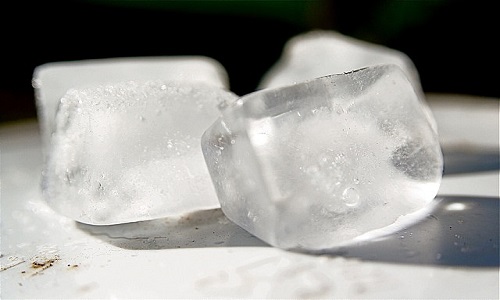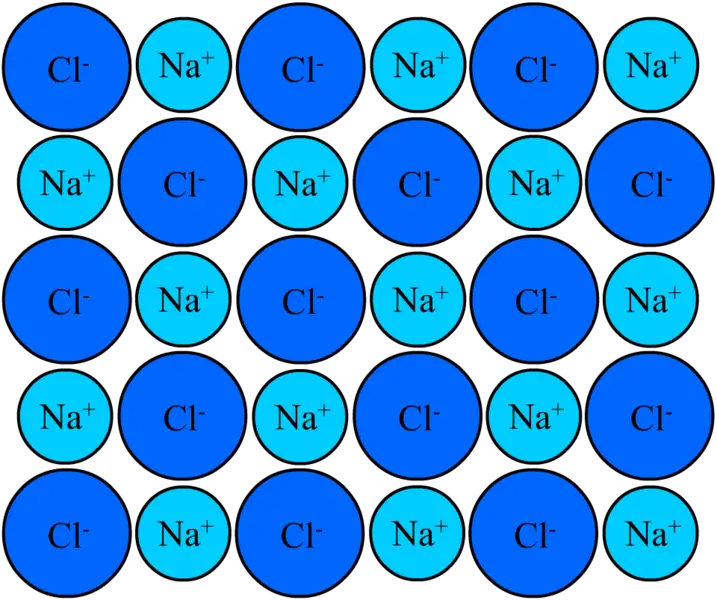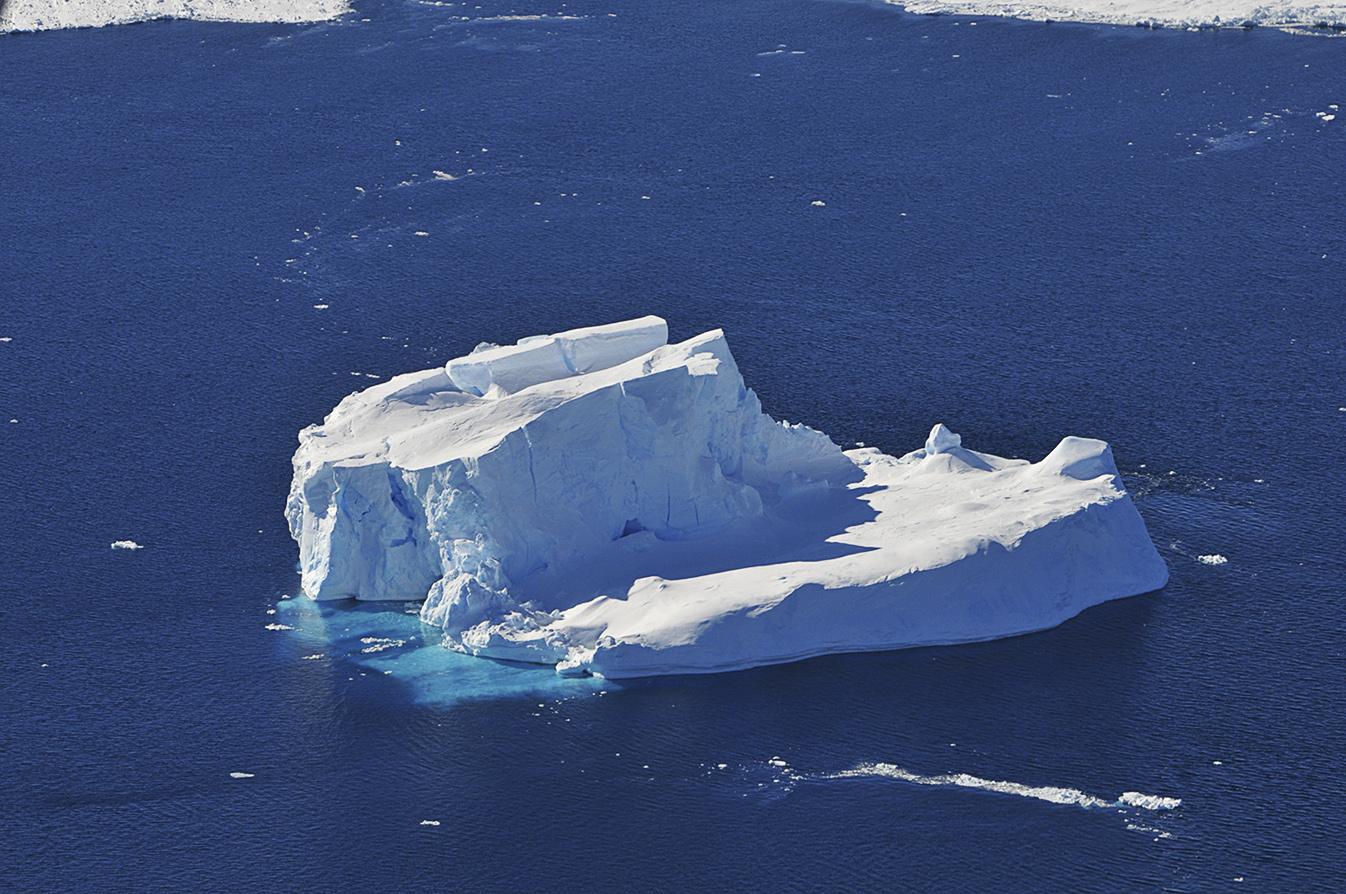
The question here relates to two different substances, salt and ice (water), and aims to find the proven mechanism for the role of salt in the melting of ice. The answer can be found in the underlying mechanism that regulates a state of equilibrium between the solid and liquid states of water at 0°C (32°F) and the phenomenon of freezing point depression observed following the addition of a substance such as salt, sugar, alcohol or any other soluble substance to a liquid.
Freezing or Melting Point of Water:
Freezing of water commences when its temperature is reduced to 0°C. When the cooling of water takes place there is a gradual slowing in the movement of molecules. As a result, in the ice the molecules move much slower than in the water. On the surface of ice, there is always a thin film of water where the solid and the liquid states meet. At this meeting point, slow moving water molecules are trapped to form ice while some ice is converted to form water. The process of inter-conversions from ice to water and water to ice continues in a state of dynamic equilibrium. This process of equilibrium remains undisturbed as long as the normal conditions of purity of water and the freezing temperature of 0°C remain unchanged.
 When the freezing temperature is reduced below 0°C, the movement of molecules in water becomes slower. As a result more molecules are caught and the size of ice is increased. The more is the rate of capture of molecules by ice the greater is the size of ice formation. Addition of salt to ice disturbs the equilibrium between ice and water formation and tilts it in favor of increased melting. The role of salt in melting of ice can be explained by the process of depression of freezing point.
When the freezing temperature is reduced below 0°C, the movement of molecules in water becomes slower. As a result more molecules are caught and the size of ice is increased. The more is the rate of capture of molecules by ice the greater is the size of ice formation. Addition of salt to ice disturbs the equilibrium between ice and water formation and tilts it in favor of increased melting. The role of salt in melting of ice can be explained by the process of depression of freezing point.
Freezing Point Depression:
When a substance such as salt, sugar, alcohol or any other soluble substance is added to a liquid it causes a decrease in the freezing point of the solution (solute dissolved in solvent) as compared to the pure liquid. This implied that the salt solution will not freeze at 0°C due to the disturbed equilibrium between the two states, ice and water and freezing will now take place only at a reduced temperature. This decrease in freezing is concentration dependent. That is, the higher is the dissolved salt content the greater is the degree of depression: at 10 percent salt solution, freezing temperature decreases from 0°C to Ë— 6°C and at 20 percent concentration it goes down to Ë— 16°C. Due to the depression of freezing temperature the process of freezing does not undergo normally. However, there is a limit to temperature depression of up to Ë— 21.1°C, because at this point salt begins to crystallize out of solution along with the ice crystals.
The role of salt induced freezing point depression in the melting of ice is explained by the following mechanism. When the salt is added to ice, it is dissolved in the thin film of water surrounding the ice to form a solution containing both water and salt molecules. The presence of salt molecules in water lowers the chemical potential of water which means that the salt solution has fewer molecules than in the pure water. This makes water more stable and allows only fewer molecules of water in the solution to escape to the solid phase and form ice. Besides, the salt molecules dissolved in water do not pack easily in the array of molecules in solid ice. However, the chemical potential of ice remains unchanged and therefore the melting of ice is not affected. As a result there is a net increase in the melting of ice, as compared to the formation of ice.












Leave a Reply